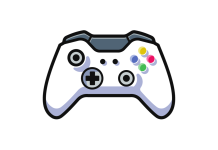We connect a lot of external devices to our computer like USB, printer, scanner, etc. At times, these external devices cease to work without returning any error. In this case, you might want to check the Device Manager for the error associated with the device.
If the error statement is “Device not migrated,” then you can read this article for the solutions. The cause behind the issue is that when you try to connect a new device to your system, it tries to pick the latest update. If this process is interrupted, then you will encounter the error.
How to Check for a “Device Not Migrated” Error on Your System?
The procedure to check for the “Device not migrated” error on your system is as follows:
- Press Windows + R to open the Run window and type the command Devmgmt.msc. Hit Enter.
- In the Device Manager window, right-click on the driver of the dysfunctional device and select Properties.
- Go to the Event tab and check for the error statement.
- If the error statement is “Device not migrated,” then read further for the solutions.
1. Install Windows Updates Manually
Usually, Windows Updates are installed automatically. However, if updates are deferred or paused, then you can run the update manually.
The main cause of the issue is that the drivers are unable to locate the latest updates. Thus, installing the latest updates, including the security updates, is necessary.
- Right-click on the Start button and select Settings.
- Go to Windows Update > Check for updates.
This step should solve the problem for many users.
2. Run Hardware and Devices Troubleshooter
The Hardware and Devices troubleshooter is an excellent tool to check for issues with system hardware and resolve them if possible. This tool also checks for issues with external devices. The procedure to run the Hardware and Devices troubleshooter is as follows:
- Open the Windows search bar and type Run and hit Enter button.
- In the Run window, type the following command and hit Enter:
msdt.exe -id DeviceDiagnostic
- In the Hardware and Devices troubleshooter window, click on Next.
3. Update the Drivers
If you have updated Windows, ideally, all the drivers should be updated too. However, some driver updates are stuck in the form of optional updates. In this case, you can update all the system drivers as follows:
- Click on Windows start button and select Settings from the menu.
- Go to Windows Update > Advanced Options > Optional Updates.
- Expand Other Updates and check the boxes associated with the available updates.
- Click on Download & Install.
Other than this procedure, you can update the driver of the troublesome device as follows:
- Right-click on the Windows start menu and click on Device Manager.
- Right-click on the problematic device driver and select Update driver.
- Click on Search automatically for drivers.
- After that, follow the on-screen instructions to fix this issue.
4. Run an SFC Scan
If the above-mentioned solutions don’t work, then it is quite probable that a few system files are missing or corrupt. In this case, you can consider running an SFC Scan to scan for missing and corrupt files and replace them if possible. The procedure is as follows:
- Search for Command Prompt in the Windows Search bar and select Run as administrator.
- In the elevated Command Prompt window, Enter the command:
SFC /SCANNOW
- Wait for a Minute till the command fixes your errors.
Frequently Asked Questions (FAQs)
What does Device was not migrated due to partial or ambiguous match mean?
The error “Device was not migrated due to partial or ambiguous match” in Windows Device Manager means that during driver update, Windows couldn’t select the appropriate driver due to multiple partial matches, requiring the manual installation of the correct driver for the device to function properly.
What does it mean when it says device not migrated?
When it says “device not migrated,” it indicates that during a Windows update or installation, the system failed to transfer the device’s driver settings, potentially causing hardware malfunction or unrecognized devices. Manual driver installation is usually required to resolve this issue.
Conclusion
In conclusion, resolving the “Device Not Migrated” error on Windows requires patience, attention to detail, and a systematic troubleshooting approach. By following the steps outlined in this guide and staying updated with Windows updates and drivers, you can effectively diagnose and fix the issue. We hope this guide was helpful for you. Please let us know in the comment section.

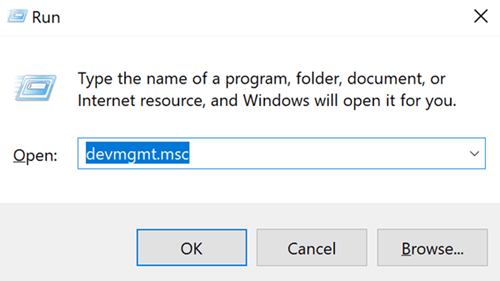
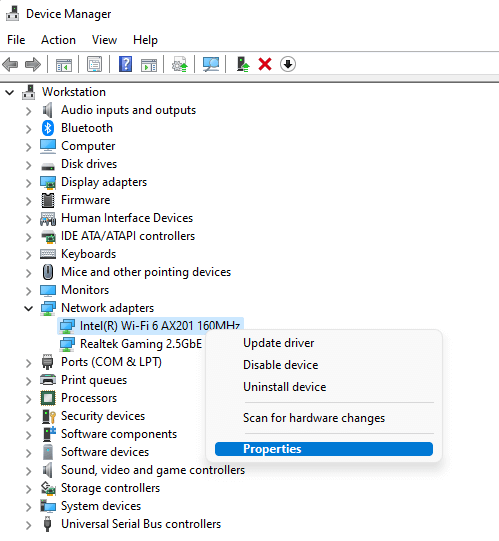


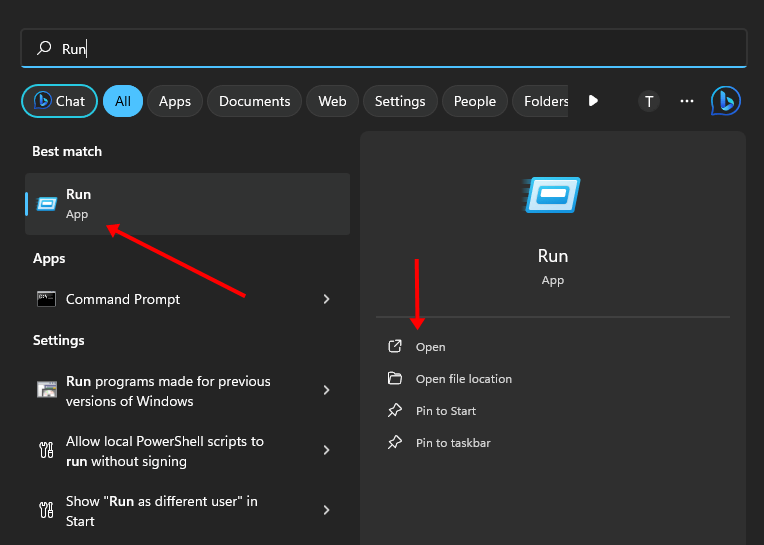
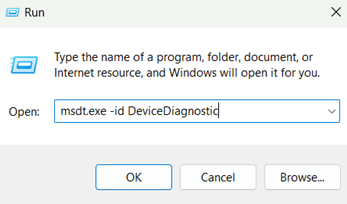
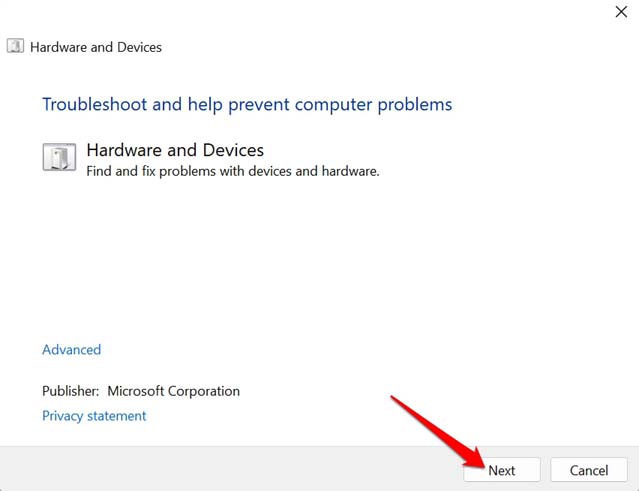
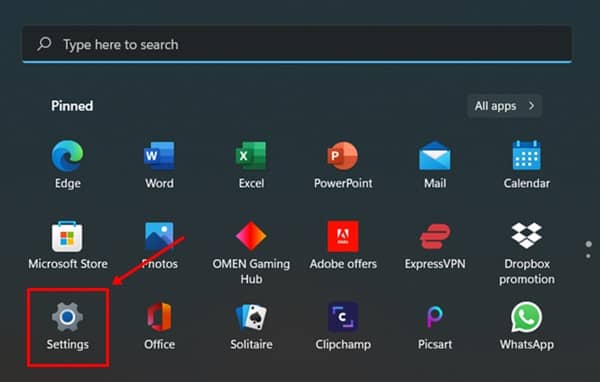
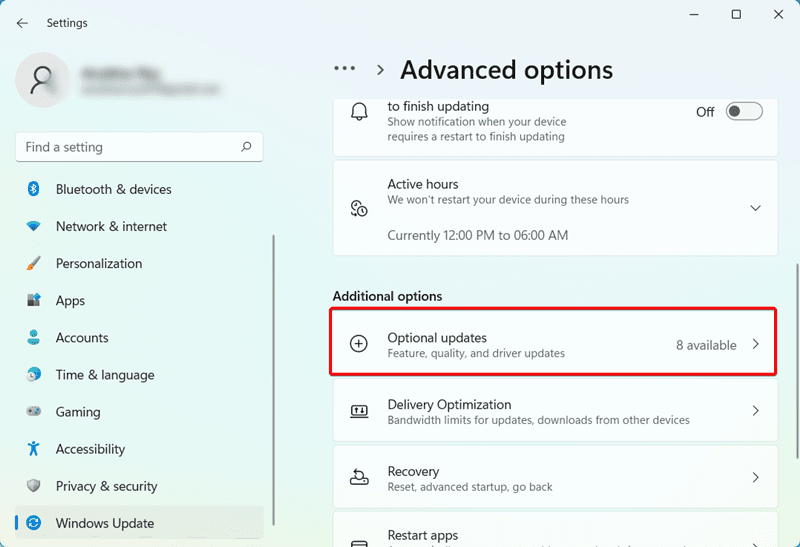
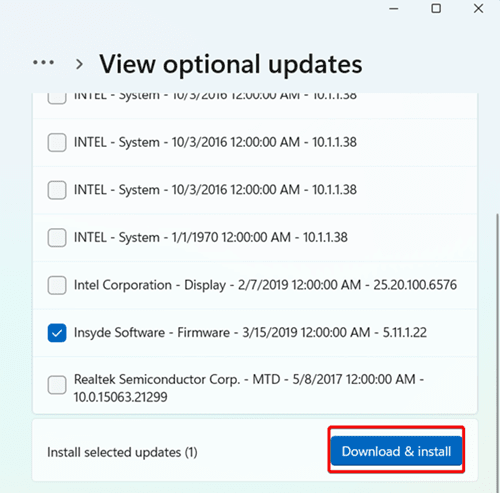
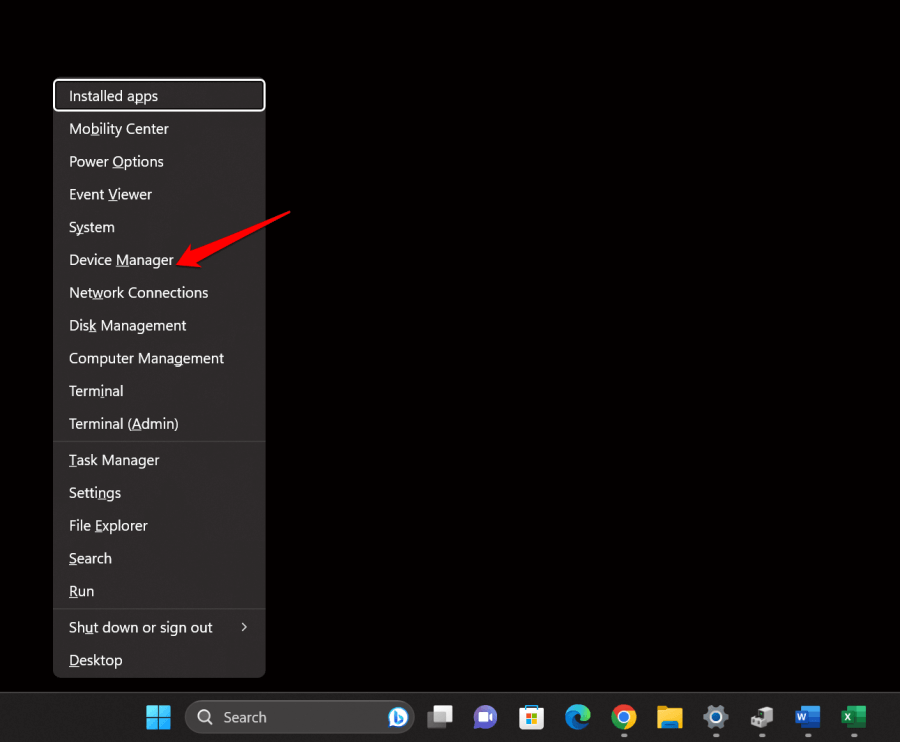
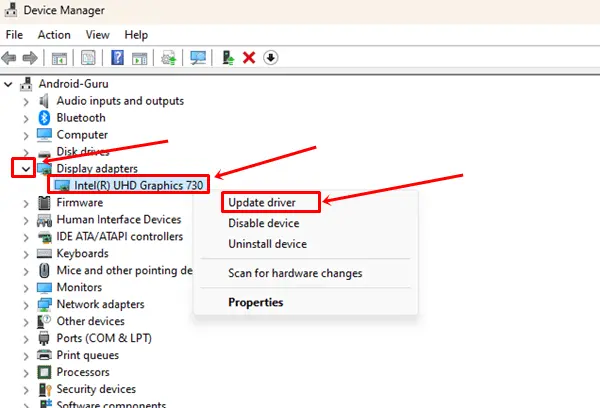
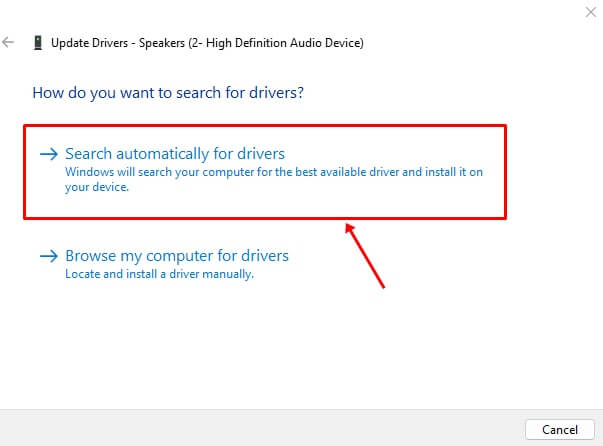
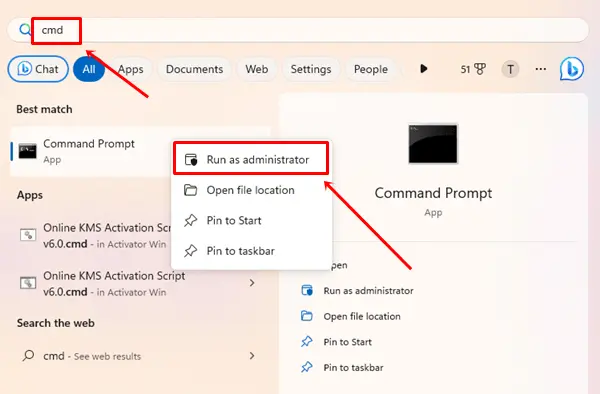

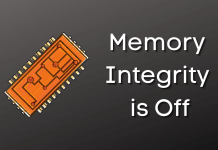
![How to Redeem Codes in Valorant [2024 New Codes] Redeem Prepaid Gift Cards in Valorant](https://techdator.net/wp-content/uploads/2022/06/Redeem-Prepaid-Gift-Cards-in-Valorant-218x150.jpg)
